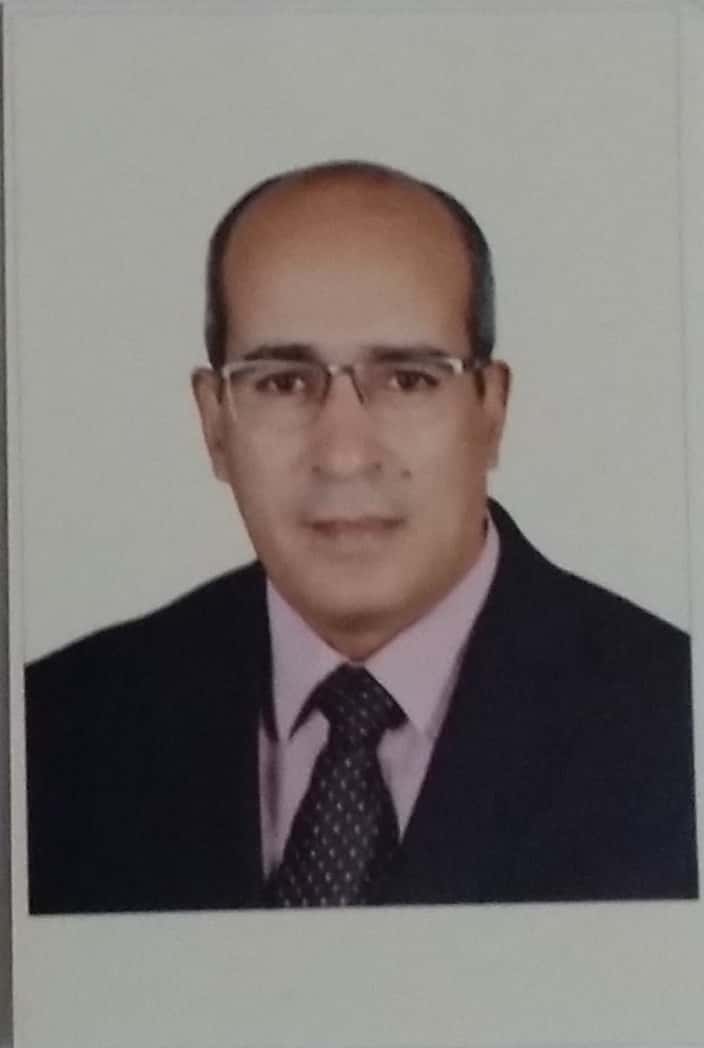Background and aim of the study:
Since thoracoscopy was originally described in 1910, the application has been limited mainly to the diagnosis and treatment of pleural disease (1). Advances in endoscopic surgical equipment and re-finement of surgical techniques have expanded the role of thoracoscopy to include multiple procedures that previously could only be performed by open approaches (2). The objective of this study is to evaluate the role of video-assisted thoracoscopic surgery (VATS) in the diagnosis and ∕ or treatment of intrathoracic lesions at Sohag university hospital.
Patients and methods:
VATS was performed on 156 patients, there were 97 male (62 %) and 59 female (38 %), patients age (17- 67, mean 44 years). The procedures performed included diagnosis and ∕ or treatment of pleural disease (N=44), pericardiectomies (N=12), resection of solitary pulmonary nodule (N=6), lung biopsy (N=19), biopsy from mediastinal tumors(N=30) and resection of small benign mediastinal lesions (N=5), sympathectomy (N=6), evacuation of clotted hemothorax in trauma patients (N=31), and thoracoscopic esophagomyotomy in (N=3) cases of achalasia.
Results:
There was no mortality related to the procedure. Injury to the lung with air leakage and mild bleeding which was controlled occurred in 12(7 %) patients. Injury to intercostal vessels with minor bleeding occurred in 10 (6%) patients. Emergency open thoracotomy was done in 5 cases (3%). Mean hospital stay 5 days (2 day to 10 days), the average time for removal of the chest tube was 4 days (range, 1 to 11days). Subcutaneous emphysema occurred in 3 % of patients, fever in 14 %, and persistent air leak in 2 % of patients.
Conclusion:
VATS provides a potentially less invasive, safe, and effective mean to diagnosis and treatment a variety of intrathoracic diseases. VATS techniques have limited morbidity and reduce hospital stay for major operations. Thoracoscopy’s ultimate acceptance should be based on the results of controlled, randomized trials.

